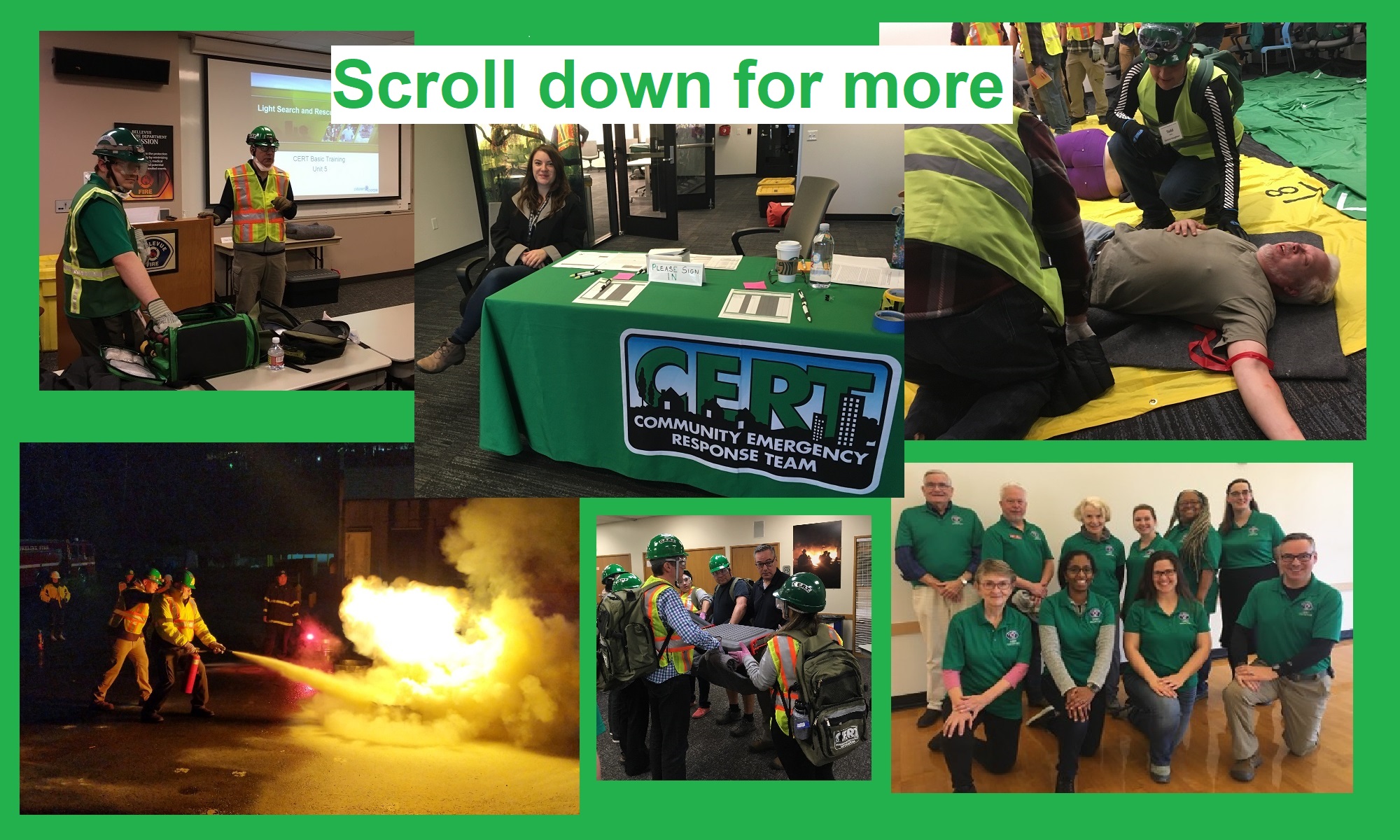Communications within your local or broader neighborhood, or city-wide, can be critical during an emergency. A powerful option is to use cheap “walkie-talkie” radios. The simplest can be good for your immediate neighborhood, and more sophisticated ones can work over greater distances. We’ll save radio details for another time, or you can do some quick internet research.
But if you’ve got a radio, or get one, you also need to communicate on a channel (frequency) that other people are using. Otherwise you’re just talking by yourself. So which channel should you use?
For Bellevue CERT, Kurt has assigned channels to each of the Bellevue 14 large neighborhoods. Specifically:
BelRed 3
Bridle Trails 1
Cougar Mountain / Lakemont 6
Crossroads 4
Downtown 2
Eastgate 4
Factoria 3
Lake Hills 2
Newport 7
NE Bellevue 6
NW Bellevue 7
Somerset 5
W Bellevue 6
West Lake Sammamish 7
Wilburton 5
Woodridge 1
That information is available at this web site under “Area Teams”. If you notice a difference between the two lists, use the Area Teams values.
As you can see, each channel 1 through 7 is used by 2 or 3 neighborhoods but they’re all comfortably far apart from each other and thus shouldn’t interfere at the powers of those channels.
Here in NE Bellevue we looked to see what a local neighborhood, Sherwood Forest, should use. They clearly shouldn’t use channel 6 (NE Bellevue CERT) or channel 4 (Crossroads) because those neighborhoods are too close and thus could interfere with Sherwood Forest’s use of those channels. It would be best for them to also avoid 1 (Bridle Trails), 3 (Belred), and 2 (Lake Hills). So 5 or 7 are the best bets. They chose lucky 7, so west NE Bellevue, including Sherwood Forest will use channel 7. Thus eastern NE Bellevue can use channel 5.
There’s lots of charts of the FRS/GMRS frequencies available on the internet. From those you will see that channels 1 to 7 are the good ones, so to speak, 8 to 14 are low power, and 15 to 22 are repeater capable. 15 to 22 are partially used by Seattle and any remaining frequencies are likely to be ‘taken’ by other jurisdictions (like Bellevue…). 15 to 22 can be used in simplex mode but the risk of noise from repeater usage is high so I would avoid using those except for repeater work (city-wide operations, for example).
Given all that, we suggest that you can use 15 to 22 as you like for tactical operations. Normally they shouldn’t be too noisy but if one is, you can have everyone switch to another channel.
Once you’ve chosen a channel for your local neighborhood, you should advertise it to your neighbors and advise them to check in on that channel if emergency communications are needed. If you get too many people on the channel, you would then ask them to take specific conversations to one of the 8 to 14 channels (you would tell them which one). If you need to coordinate with a neighboring CERT team, jump to their channel.
As to ‘privacy codes’, they’re easy to scan and so don’t guarantee any privacy. They’re more like noise reduction codes, and that only applies if other people are trying to use the same frequency at the same time and are close enough to interfere. So for simplicity you might prefer to not use them at all. But if you do use a privacy code, just choose something fairly random but easy to remember, such as 55 or 99.

